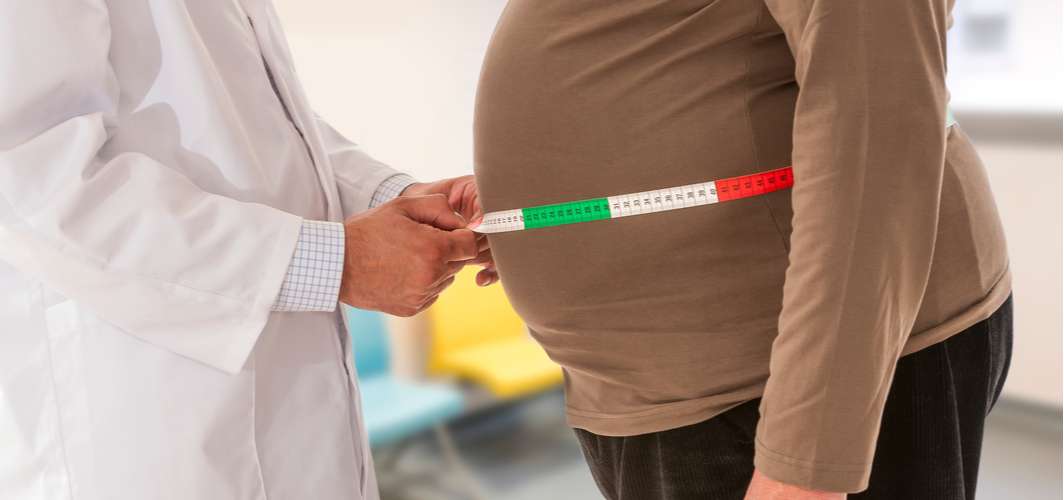Diabetes Management
How Type 2 Diabetes May Be Linked to an Unhealthy Gut?
4 min read
By Apollo 24/7, Published on - 07 January 2021, Updated on - 31 August 2023
Share this article
1
14 likes

What are gut microbes?
What prompts changes in the gut microbes?
Do modified gut bacteria promote diabetes?
- The analyses found that there are four strains of microbes that affect the metabolism of glucose and lipids in the body - Lactobacillus johnsonii and Lactobacillus gasseri helped in improving metabolism (“improvers”). On the other hand, Romboutsia ilealis and Ruminococcus gnavus were found to worsen the metabolism of the body (“worseners”).
- During the study, scientists fed mice with a western diet along with the supplements of “improvers”.
- The results showed that the mice who received the strains of Lactobacilli bacteria (“improvers”) had improved glucose and lipid metabolism. This group of mice also had a lower fat mass index as compared to those who were only fed the diet and no supplements.
- With this study, the scientists concluded that there are individual microbes (and not the entire microbiota) that play a role in developing metabolic diseases such as type 2 diabetes.
- It was further noted that people who have metabolism improvers like lactobacilli in their body tend to have a better body mass index. On the other hand, those with metabolism worsening bacteria tend to be overweight and obese. This is corroborated by the fact that almost 80% of obese people show the presence of R. ilealis in their body.
Can gut bacteria help deal with diabetes?
Conclusion
Diabetes Management
Leave Comment
Recommended for you

Diabetes Management
The Link Between Abdominal Fat and Diabetes
Excess abdominal fat, particularly visceral fat around the organs, is associated with an increased risk of developing diabetes. Visceral fat produces hormones and substances that can interfere with insulin function and lead to insulin resistance, a key factor in the development of diabetes.

Diabetes Management
Does Unexplained Weight Loss Indicate Diabetes?
Explore the fascinating link between unintentional weight loss and diabetes. Discover the truth behind weight loss as an indication of diabetes.

Diabetes Management
Can One Develop Diabetes at a Young Age?
Diabetes is not limited to older age, people can develop the condition at a young age too. Type 1 diabetes, often diagnosed in childhood or adolescence, is an autoimmune condition, while Type 2 diabetes, increasingly affecting young people, is often linked to obesity and lifestyle factors. Risk factors include family history, obesity, sedentary behaviour, an unhealthy diet, and hormonal changes during puberty. Prevention and management involve a healthy lifestyle, regular check-ups, family support, and education about diabetes risks. It's crucial to recognise that diabetes can affect individuals of all ages, including teenagers and even children.
Subscribe
Sign up for our free Health Library Daily Newsletter
Get doctor-approved health tips, news, and more.
Visual Stories

8 Fruits That are Incredibly Healthy for Diabetes
Tap to continue exploring
Recommended for you

Diabetes Management
The Link Between Abdominal Fat and Diabetes
Excess abdominal fat, particularly visceral fat around the organs, is associated with an increased risk of developing diabetes. Visceral fat produces hormones and substances that can interfere with insulin function and lead to insulin resistance, a key factor in the development of diabetes.

Diabetes Management
Does Unexplained Weight Loss Indicate Diabetes?
Explore the fascinating link between unintentional weight loss and diabetes. Discover the truth behind weight loss as an indication of diabetes.

Diabetes Management
Can One Develop Diabetes at a Young Age?
Diabetes is not limited to older age, people can develop the condition at a young age too. Type 1 diabetes, often diagnosed in childhood or adolescence, is an autoimmune condition, while Type 2 diabetes, increasingly affecting young people, is often linked to obesity and lifestyle factors. Risk factors include family history, obesity, sedentary behaviour, an unhealthy diet, and hormonal changes during puberty. Prevention and management involve a healthy lifestyle, regular check-ups, family support, and education about diabetes risks. It's crucial to recognise that diabetes can affect individuals of all ages, including teenagers and even children.